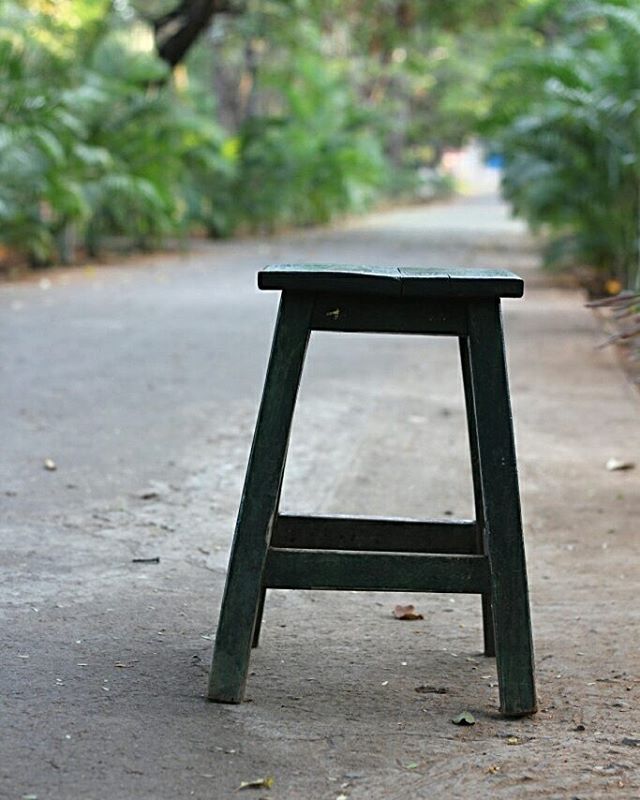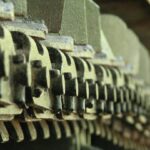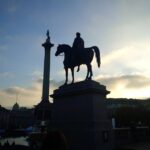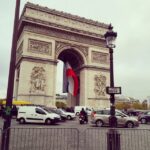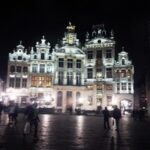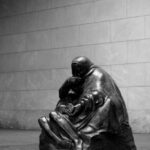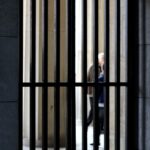
Back then in school, oh yes, you remember when you were in school, don’t you? When the biggest possible worry was what the questions in mid term results could be.
When chief amongst the wonders of the world that you couldn’t figure out would be the acute deprivation in that human mind that caused him or her to think up of something as weird as Trigonometry. And then roll your eyes with even more wonder on the mind that thought of including as vile a subject as that in the syllabus!
These were brief interludes. At other times, you were free to do as you thought fit. Many times you just did and only then thought about if what you did ‘fit’ into acceptable scheme of things.
Ah. School days.
No this post is not about school days. Technically. No. this post is about a game called ‘Seven Stones’. That’s a game that caught attention much before games like basketball and volley ball emerged in the horizon.
It didn’t predate cricket, but then, cricket required equipment that was banned by the school. You had to be a Houdini to be able to smuggle in a bat and three stumps. Tall ask. But you could always find seven stones and on the field, and take aim with a smuggled rubber ball.
The rules were simple.
1. There were two teams. One that had to aim the rubber ball at those stacked up seven stones. As soon as the stack was broken, the same that broke it attempted to rebuild all of the seven stones again.
2. Oh yes, the other team weren’t twiddling their thumbs or picking their noses while this restacking happened.
3. They had to aim the ball and hit the members of this ‘rebuild’ team beneath the knees to get them ‘out’. If the ball ‘hits’ you, you are out.
4.Eventually there are fewer and fewer players around to rebuild.
5. The team that would build all of the seven stones before all its players are knocked down, or the team that knocks down all of the players before they can build up the tower of seven stones, is the winner.
Detailed rules are here
After this game ‘players’ would then go back to wondering whoever invented Trigonometry. Or why some crazy Midsummer Nights dream wasn’t as interesting as some of the other dreams that they would rather talk of.
Does this sound familiar ? Well, hold on. The world thinks that the Iraq war has no precedents. I beg to differ.
Examine it if you will. What were established cities, dams, roads , hospitals and the like were pulverised with remarkable accuracy. The news channels giving it a coating of pulchritude, as though it was some fireworks show! People died. Many were maimed. And many more left to fend for themselves.
Ofcourse, the rebuild effort started with greater speed by the same folks who pummeled the land. Like in the game of seven stones, the other team werent sitting there twiddling their fingers. They hit the re builders, usually, beneath the belt.
The other day in an animated discussion about the validity ( or the lack of it ) about the Iraq war, an animated participant said that this was the original idea of one Mr.Bush and another Mr.Blair.
Which is when the animated participant was calmly told that it was a ‘stolen’ idea. With an ever smart twitch of the corporate collar, a smirk and a slanted neck ( which is corporate speak for ‘ha ha you moron you shot yourself on the foot – I got you’) “so whats the evidence ? How can you prove this? “ the participant asked.
With an all pervasive calmness that would befit a zen master, the participant was told ‘go get me seven stones and a rubber ball’ !


